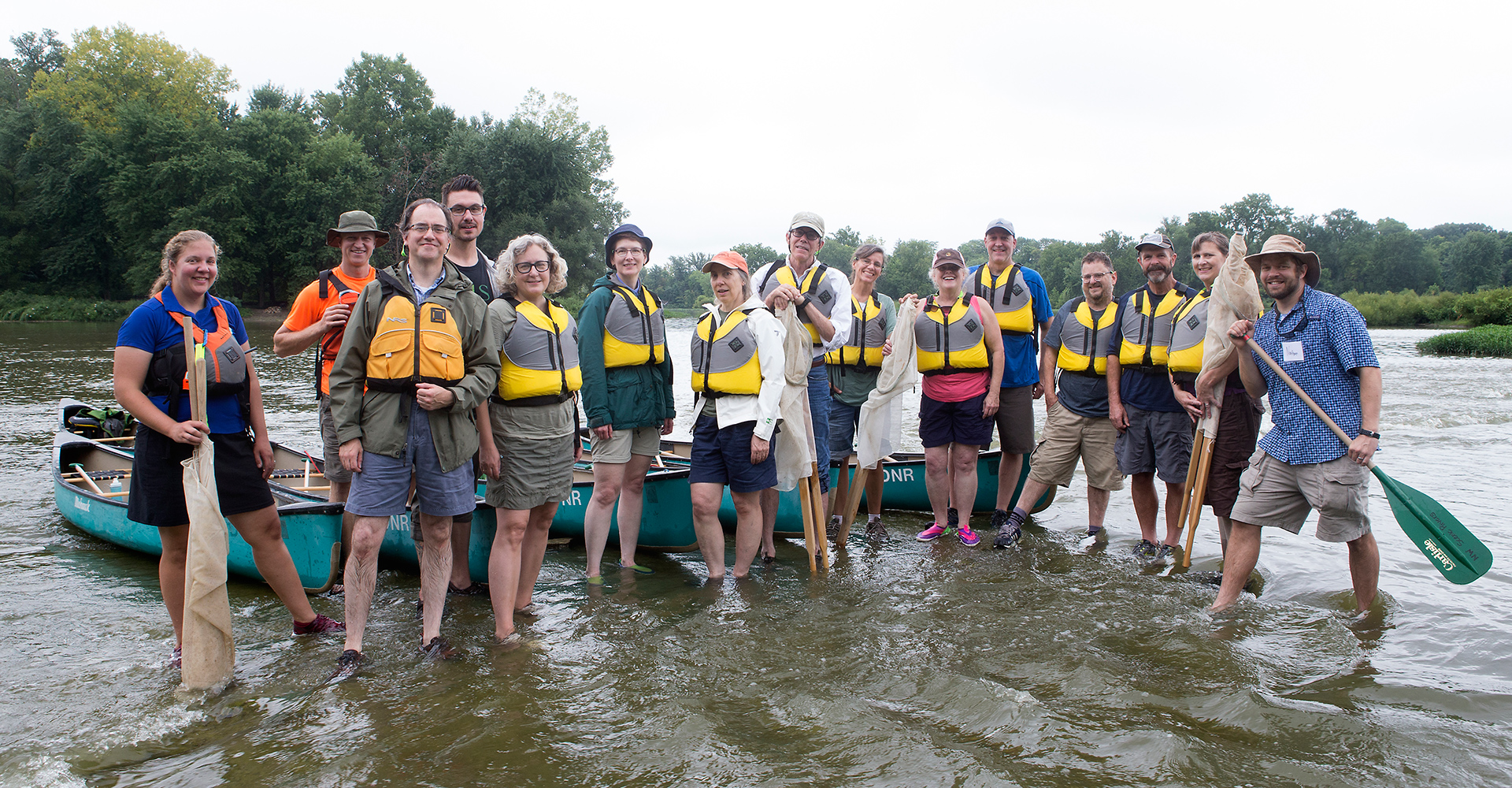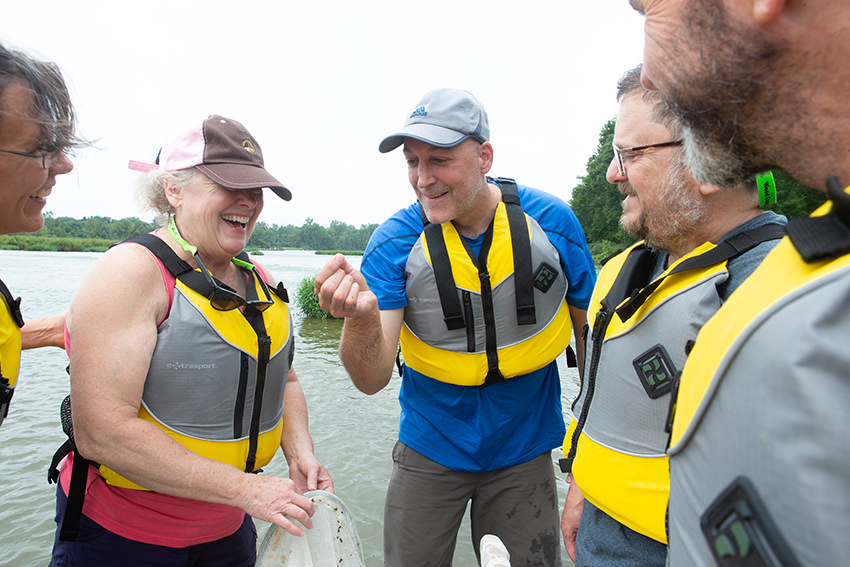

“Black Swamp Project” connects humanities to sustainability
Yearlong initiative is co-directed by an interdisciplinary team of faculty members in the College of Arts and Sciences
By Michelle Harvey
A new Humanities Connections grant is giving Bowling Green State University faculty members the opportunity to realign course curricula to better address the growing complexity of environmental education.
“The Black Swamp Project: Linking the Humanities with Sustainability at BGSU,” was awarded a $35,000 planning grant from the National Endowment for the Humanities. The yearlong initiative is co-directed by an interdisciplinary team of faculty members in the College of Arts and Sciences: Amílcar Challú (History), Nathan Hensley (School of Earth, Environment and Society) and Ian Young (Philosophy).

The model is based on successful programs at Emory and Northern Arizona universities that have drawn national attention for their innovative approaches to environmental curriculum change. The premise, which has been catching on across the United States, is that thinkers with diverse backgrounds can develop creative approaches to sustainability education when given opportunities to blend their perspectives through a shared attachment to the region in which they live and work.
“This project will help revitalize the humanities’ contribution to the sustainability curriculum at BGSU,” Hensley said. “The objective of this grant is to develop a unique approach to study the environment that connects the humanities with the natural sciences.”
The award funds two sets of activities over the 2018–2019 academic year. The first was a two-day summer workshop that brought together more than a dozen faculty members from the natural sciences, social sciences and humanities. Speakers from the Black Swamp Conservancy, Ohio Department of Natural Resources, Wood County Parks, Bowling Green City Parks, Metroparks Toledo, BGSU and the University of Toledo engaged participants in discussions about the Great Black Swamp bioregion, which covers 1,500 square miles in northwest Ohio and northeast Indiana.
The workshops also featured immersive field experiences to instill a sense of place and an understanding of the unique features of the local ecology. Participants canoed on the Maumee River at Farnsworth Metropark, and toured Wintergarden/St. John’s Nature Preserve in Bowling Green.
“As we canoed down the river, we could see the small islands that once fed thousands of natives along the shores of the Maumee with productive corn and squash fields, and how they supplemented it with wild game from the swamp area,” Challú said. “And as we monitored the water quality we became aware of the associations of these microorganisms to our daily experience: larvae that turn into beautiful insects and organisms that feed the fish we love to see in our rivers.”
The second component is a learning community of faculty who meet regularly to discuss curricular innovations.
The outcome of this phase will be a revision of programs, course syllabi and common experiences to provide students with new perspectives that promote mutually beneficial relationships between humans and the natural world.
The Black Swamp Project aims to cultivate a sense of place in faculty and students via field experiences, and by helping students to develop their own voices in problems related to sustainability.
“Sustainability is not simply a science issue; it’s a human issue,” Challú said. “Students need to understand how the natural world works, because companies and agencies are looking for excellent communicators who can connect with their audiences. This project will strengthen courses and create pathways for students to help address the complex issues of our future.”
Updated: 09/24/2018 06:00AM
